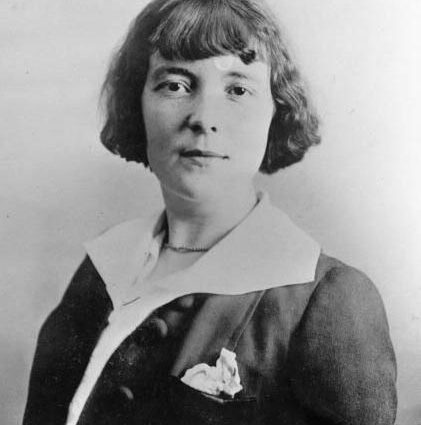Introduction: Who Was Katherine Mansfield?
Katherine Mansfield (1888–1923) was one of the most influential short story writers of the modernist era. Known for her innovative narrative style, psychological depth, and vivid imagery, Mansfield transformed the landscape of English short fiction. Today, she remains a central figure in world literature, studied for her mastery of mood, character, and emotional nuance.
Early Life and Background
Born in Wellington, New Zealand, Mansfield’s early life amid natural landscapes shaped her artistic imagination. After moving to London at nineteen, she immersed herself in the European literary scene, eventually becoming a key modernist figure alongside writers like Virginia Woolf, D.H. Lawrence, and T.S. Eliot.
Katherine Mansfield’s Writing Style and Themes
Mansfield is celebrated for her:
- Streamlined, modernist prose
- Symbolic and impressionistic imagery
- Focus on inner psychological states
- Explorations of class, identity, and mortality
Unlike traditional short stories driven by plot, Mansfield’s works revolve around “moments of being”—fleeting experiences that reveal deeper truths. Her minimalist storytelling makes readers feel the emotional pulse beneath everyday scenes.
Her Most Famous Works
If you’re exploring Katherine Mansfield for the first time, these masterpieces are essential:
- The Garden Party – A profound look at class difference and emotional awakening
- Miss Brill – A tender yet tragic portrayal of loneliness and self-delusion
- Bliss – A story rich with symbolism, desire, and subtle tension
- The Fly – A powerful meditation on grief and the brutality of life
Each story showcases Mansfield’s ability to capture the complexity of human emotions within simple, moment-driven narratives.
Katherine Mansfield’s Influence on Modern Literature
Mansfield is considered a pioneer of the modern short story. Her psychological realism and impressionistic technique influenced generations of writers, including:
- Virginia Woolf
- Elizabeth Bowen
- Alice Munro
- Jhumpa Lahiri
Her work continues to appear in academic syllabi, literary journals, and global reading lists, proving her lasting cultural and literary impact.
Why Katherine Mansfield Still Matters Today
Readers return to Mansfield because her themes—identity, class struggle, loss, and the search for meaning—remain universal. Her stories invite us to slow down and notice the small details that shape human life. In a fast-paced digital world, her quiet, thoughtful storytelling feels more relevant than ever.
Conclusion
Katherine Mansfield’s legacy lies not in the length of her life, but in the depth of her insight. Her stories continue to inspire writers and captivate readers across generations. Whether you’re a literature student, a casual reader, or a modernist enthusiast, Mansfield’s work offers an unforgettable journey into the beauty and fragility of human experience.


